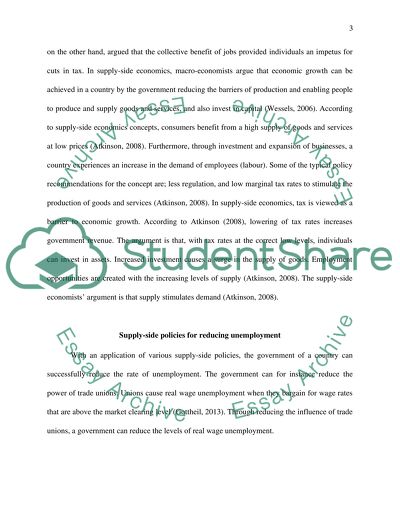Cite this document
(“What can the government do to reduce the level of unemployment Essay”, n.d.)
Retrieved from https://studentshare.org/macro-microeconomics/1629871-what-can-the-government-do-to-reduce-the-level-of-unemployment-permanently
Retrieved from https://studentshare.org/macro-microeconomics/1629871-what-can-the-government-do-to-reduce-the-level-of-unemployment-permanently
(What Can the Government Do to Reduce the Level of Unemployment Essay)
https://studentshare.org/macro-microeconomics/1629871-what-can-the-government-do-to-reduce-the-level-of-unemployment-permanently.
https://studentshare.org/macro-microeconomics/1629871-what-can-the-government-do-to-reduce-the-level-of-unemployment-permanently.
“What Can the Government Do to Reduce the Level of Unemployment Essay”, n.d. https://studentshare.org/macro-microeconomics/1629871-what-can-the-government-do-to-reduce-the-level-of-unemployment-permanently.


